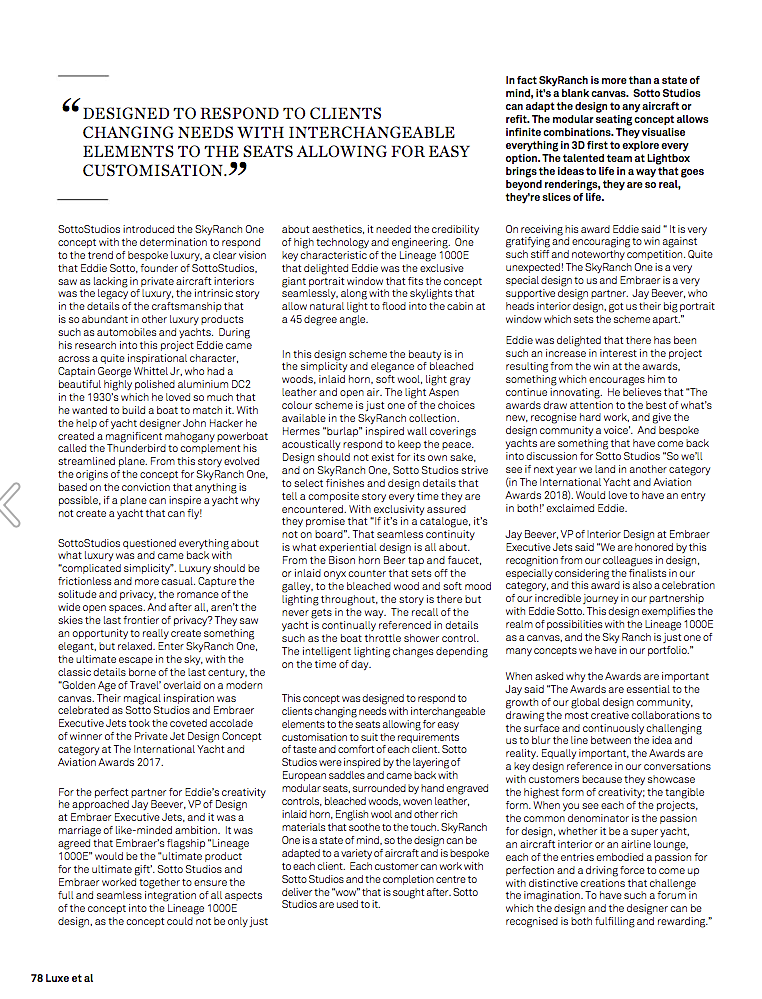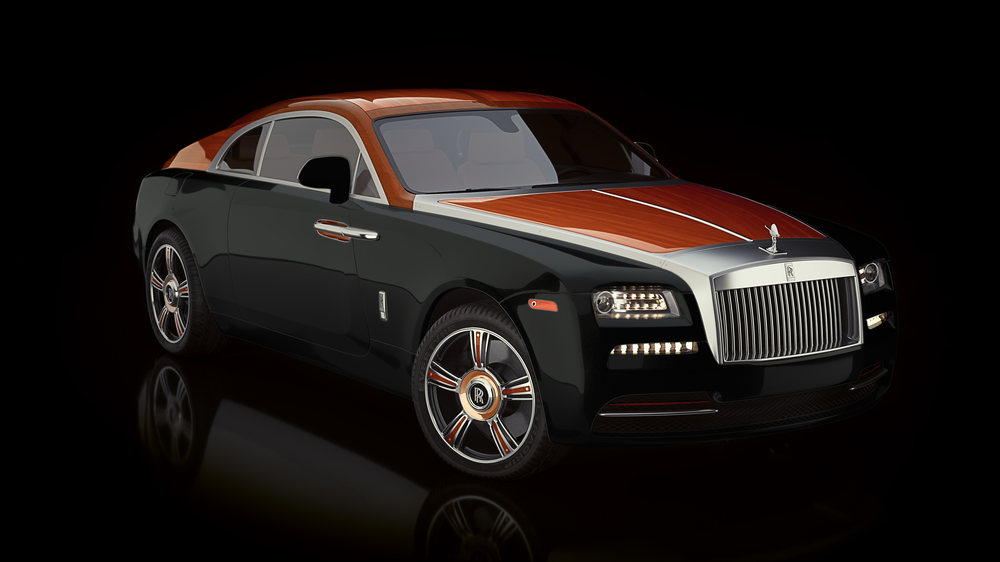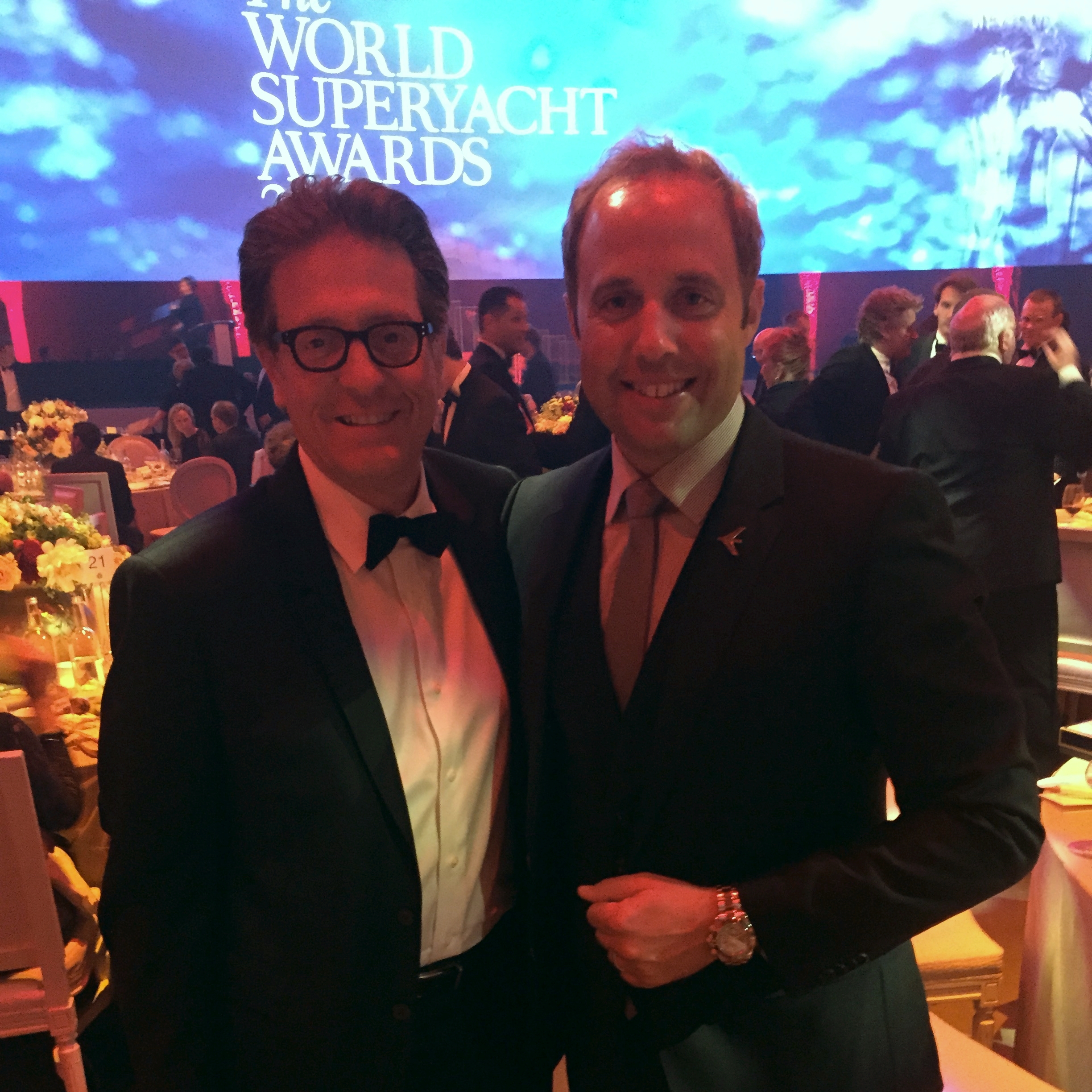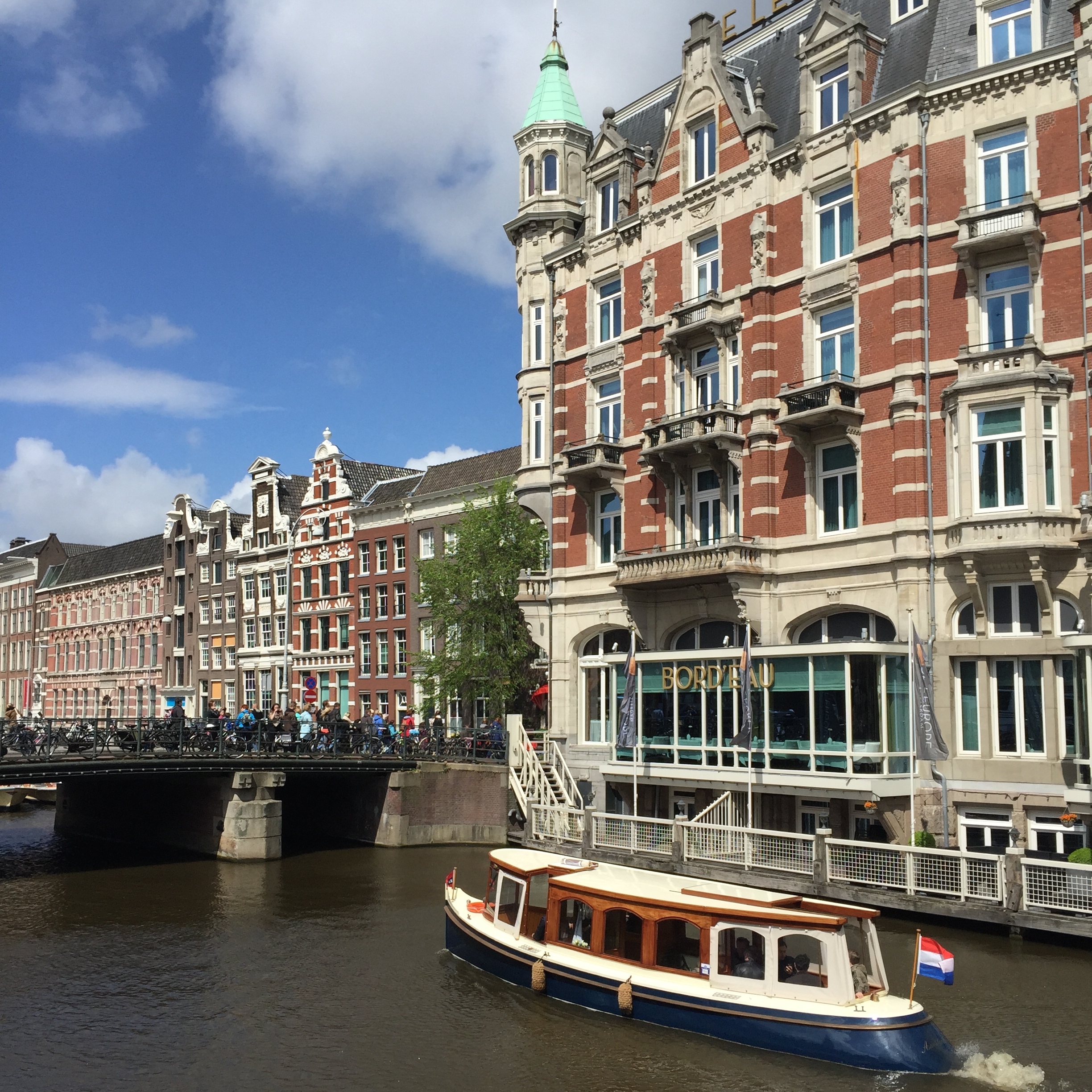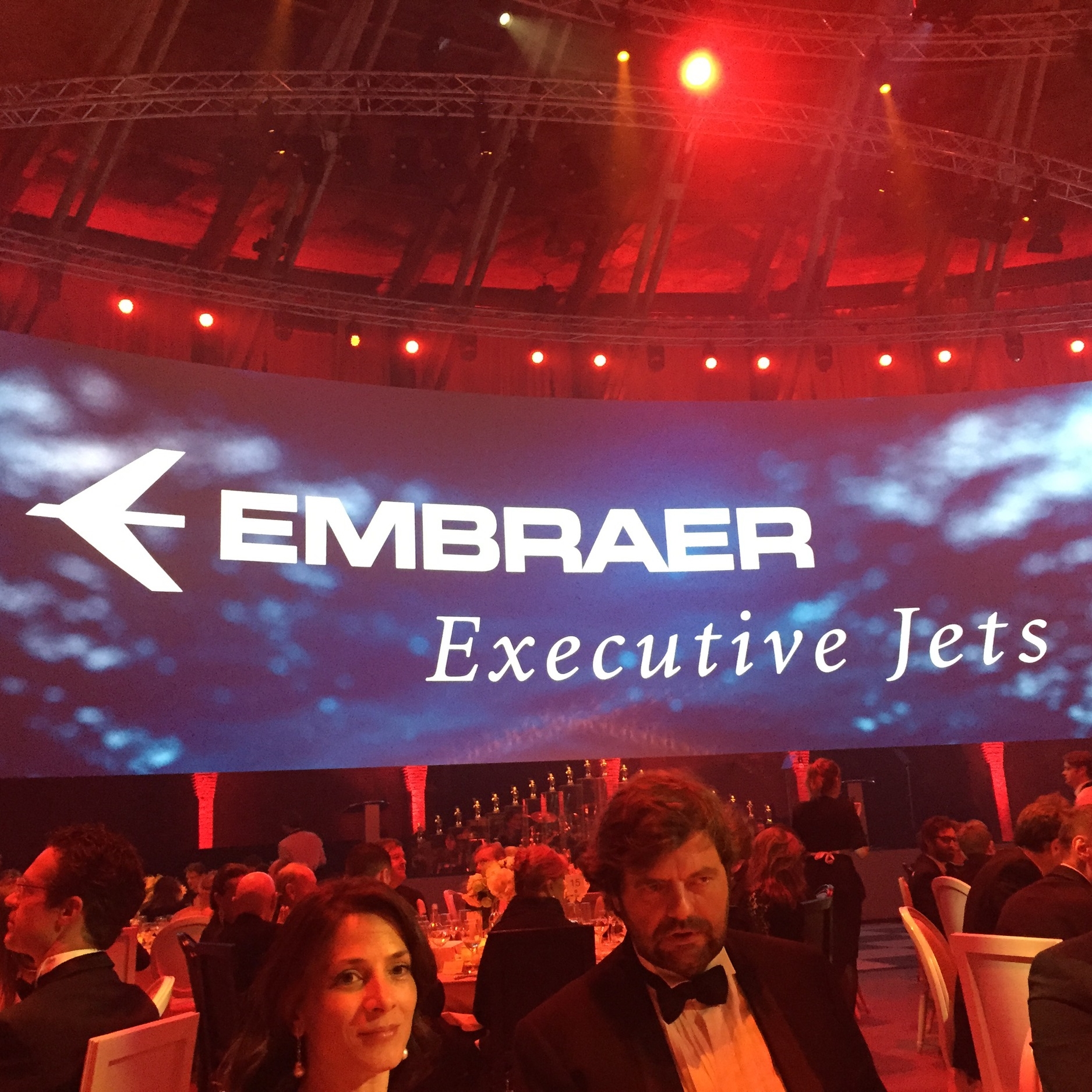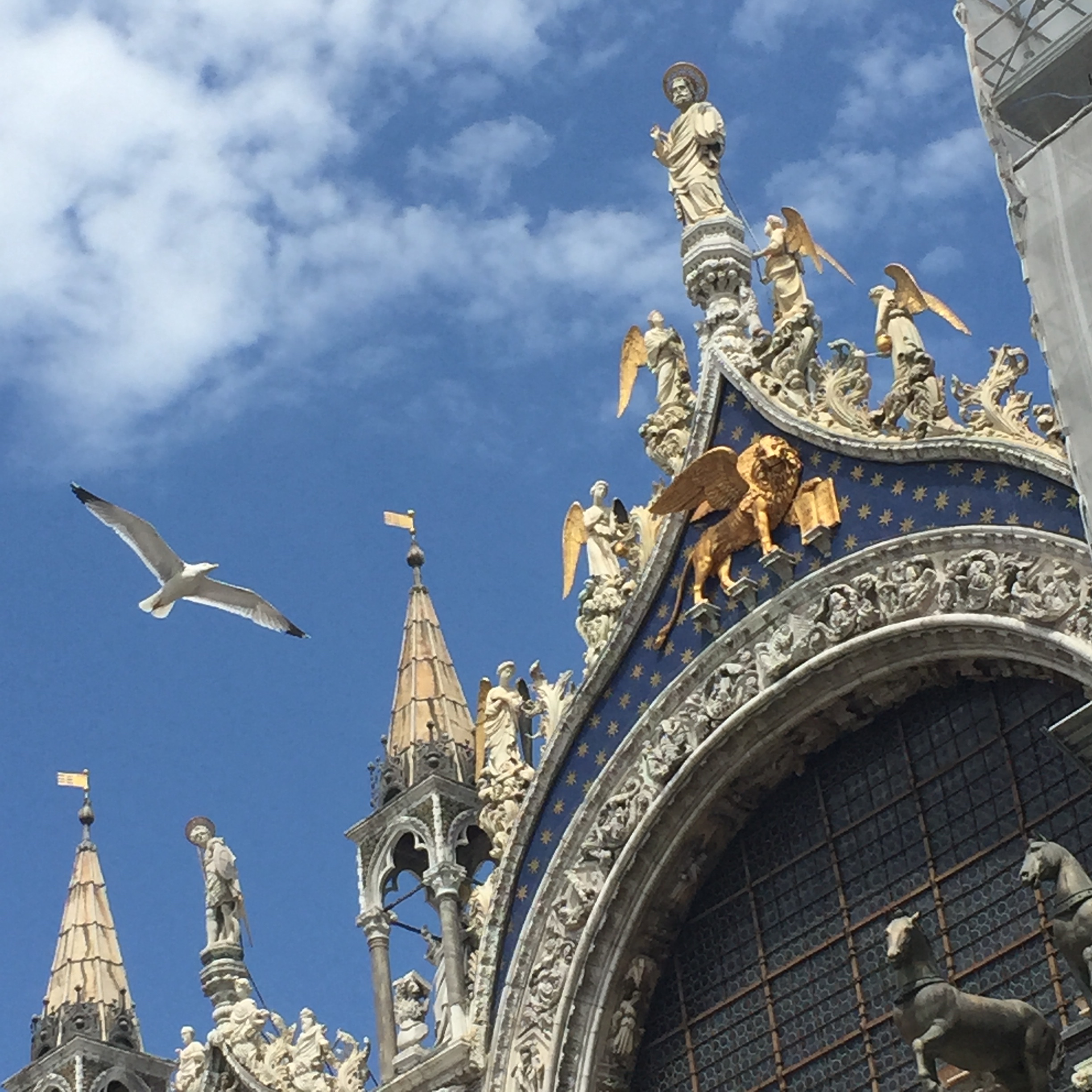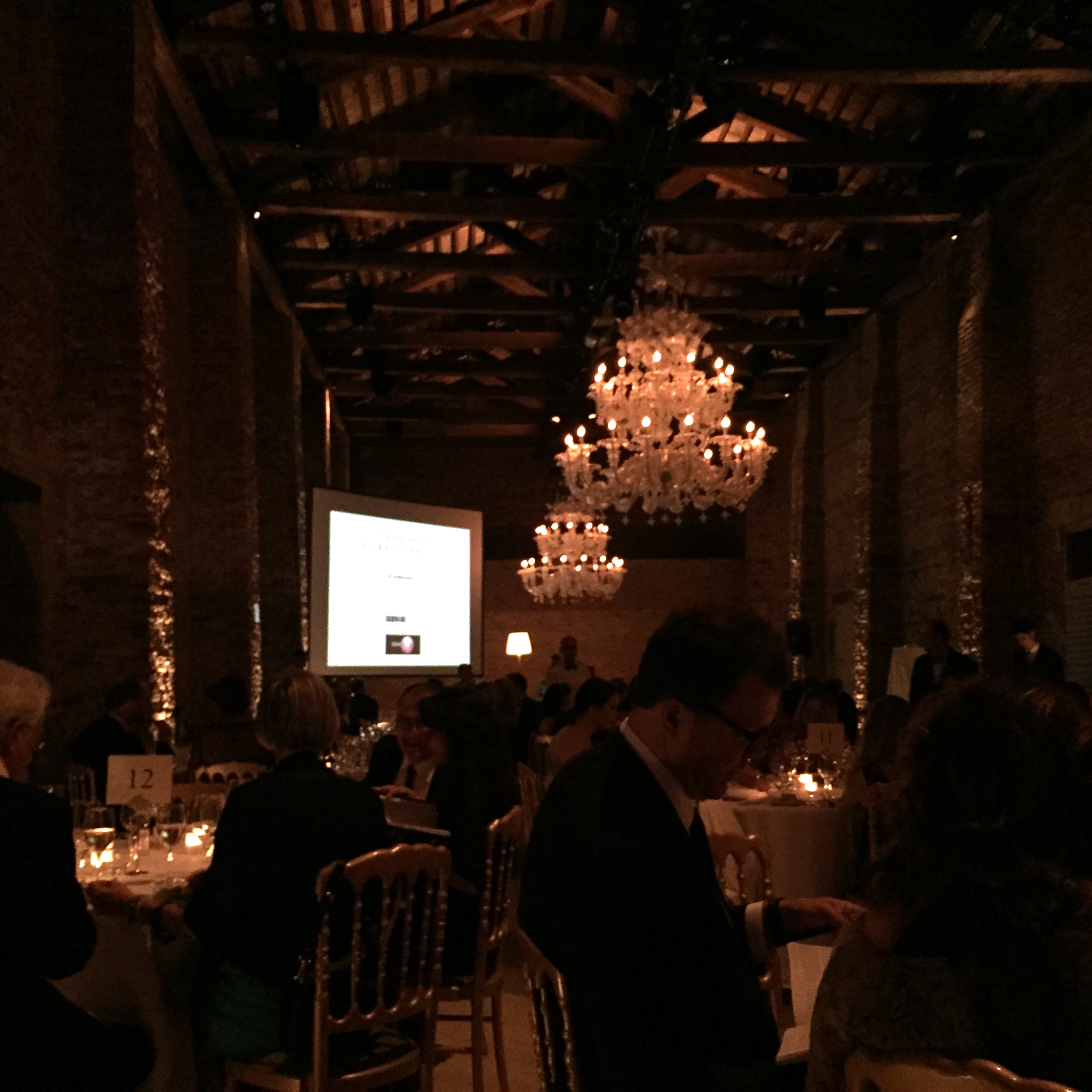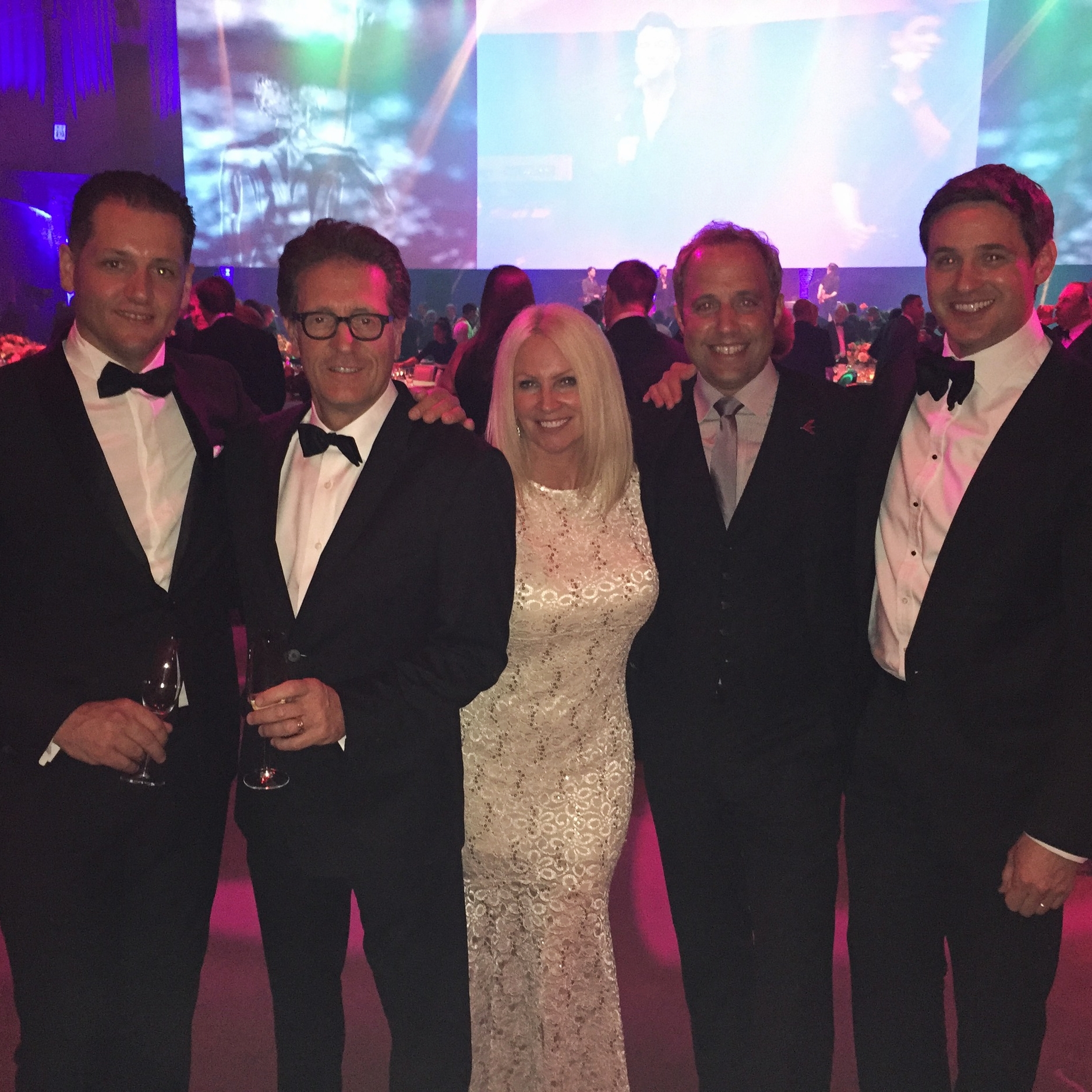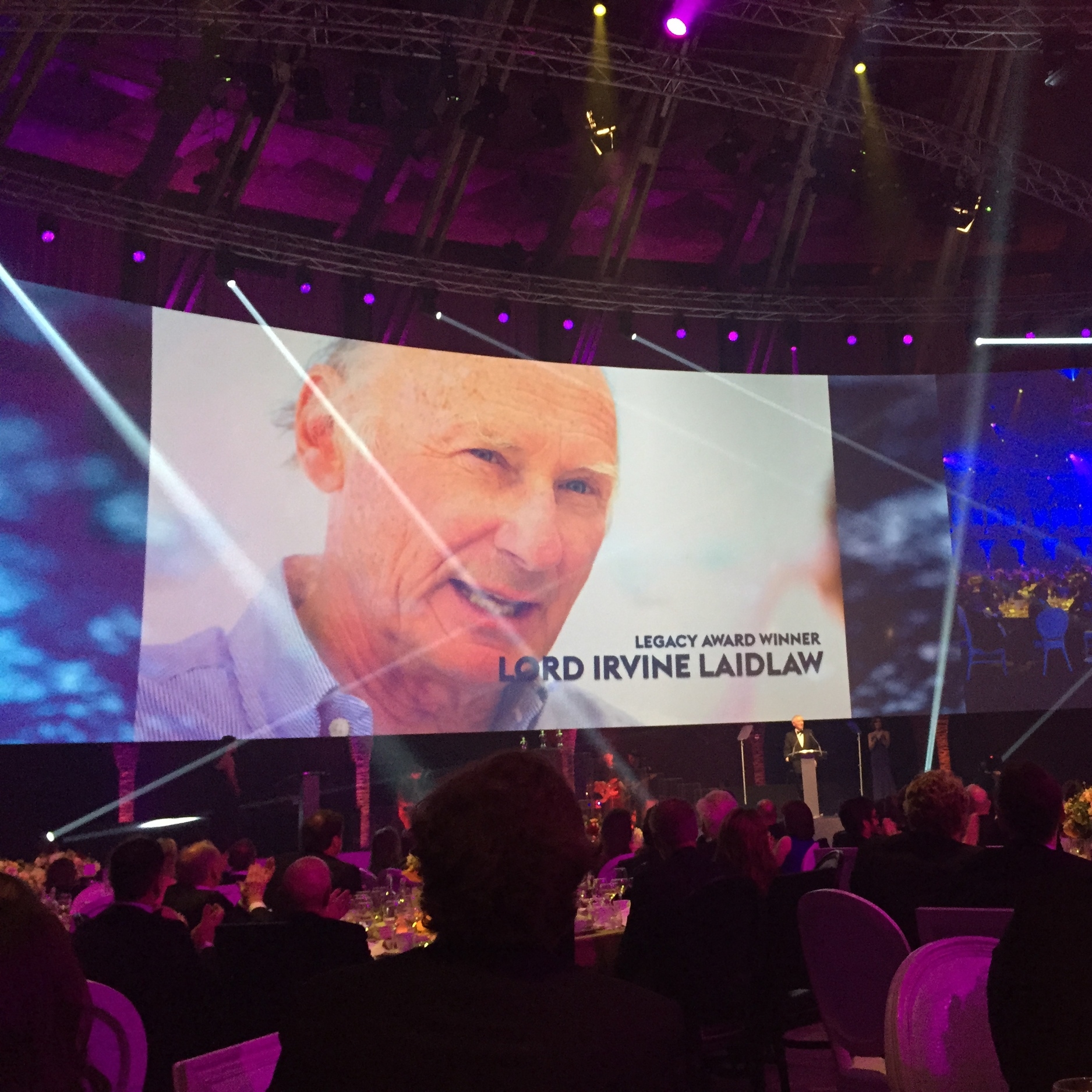"Fear Minus Death Equals Fun"
Eddie Sotto talks experiential design and it"s subliminal process.
Jul 30, 2015
Prior to forming an experiential design studio a decade ago, I was one of those designers Disney calls an "Imagineer". Walt himself created the term and the division of the company because architects alone could not deliver the experience he saw in his mind. Today Imagineering is known for it's talented amalgam of design and engineering misfits tasked with creating the company's theme parks and attractions. Back in 1955, Walt Disney proved he was the Yoda of experiential design with a masterpiece he called Disneyland. Never satisfied, he would stand incognito at the exits to his attractions watching his guests faces, and if they weren't blown away by what they saw, he made changes till they were. He handed down those ways, creating a culture where details matter and the experience is king. These days "experiential" is fast becoming another overused term being applied to everything from snack foods to time shares. Before it's beaten to death, I thought it might be useful to briefly share what I learned from an experiential process that works.
Formulaic Fun.
Someone asked me once what the formula was for a great thrill ride. Many things came to mind, but in the end "Fear minus death...equals fun" was all I could respond with. Why? To me, experiential design is about thinking in terms of emotional ingredients first for everything else to follow. Many gravitate to thrill rides, not expecting to die, but to exit their comfort zone, cheating death to survive reassured, feeling more alive than before. Disney legend John Hench told me once that the parks were about the reassurance of survival, a "rite of passage" of sorts for kids. Are you tall enough to ride the Matterhorn? The bigger the "Mountain", be it Swiss, Space or Splash, the greater the feeling of accomplishment, as the 12 year old somehow looks back and feels reassured as they just did the impossible. That's the magic. Without that feeling at the end, it's just another ride. I'm no psychologist, but understanding the emotional result you want at the beginning of creating a brand experience can be the key to delivering it. Disney's brand is all about how you feel in their parks. After leaving the mouse into private practice, the E in "E Ticket" stood for emotion. It was my most useful takeaway, but not always easy to do.
Start at "Wow!" and work backwards
Here's an example of emotion driving design. This was back in the 90's and we were about to add a on-board musical soundtrack to Disneyland's Space Mountain, (an indoor roller coaster through outer space). At that time, rollercoasters were still in their "silent era", accompanied only by blood curdling screams, creaking boards, and the rhythmic clatter of the lift chain. Space Mountain was more cinematic as it was telling a story within galactic environments with some sounds, yet lacked a synchronized on-board soundtrack. Like scoring a movie, we needed to first understand the "emotional roller coaster" that riders were enduring in each scene of the show, then enhance it to greater effect. We rode the ride dozens of times to get the feel (and got paid for it).
The Right Stuff
Then Disney CEO Michael Eisner wanted a recognizable classical score as in the film "2001: A Space Odyssey", but a waltz, given the dynamic speed of the ride, felt inappropriate to the action. Composer Arrin Richard and I finally settled on using a classical melody that was familiar, but with a faster tempo. Although the mood was there, it was not driven by the action and movement of the vehicle. We wanted to accentuate the G-forces guests feel when pressed into the twists, turns, and drops each rocket endures. An electric guitar "lick" or "riff" over the score might give us that effect; (think of Led Zeppelin's "Whole lotta' love"). To that end, we brought in rock pioneer Dick Dale, "King of the surf guitar", who had experienced a renewed popularity due to his music being featured in the film "Pulp Fiction". He lent us his best "licks". We rode Space Mountain after hours at least 30 times, listening and timing each solo of Dale's guitar over the score till they were synced perfectly to the action.
We soon realized that the only emotion we had not fully addressed was the "fear" in our equation. The bigger the dread, the greater the relief when the ride speeds up. This anticipation is mostly felt when each rocket creeps upward on the lift. Roughly half of the time spent on most coasters is spent on those slow sacrificial inclines where we all look down and wonder why we got on the stupid ride in the first place. To heighten all of that, we mimicked a similar moment of anxiety found in those classic 50's Sci-Fi movies; (think saucer door cracking open). The alien strains of a theremin, (a tonal oscillator) created just the right frenzy. That sense of dread climaxes as we dangle at the peak before blasting off into the galaxy. It was a great place to pause in silence before we have "ignition". Filling the silence with a lone bass drum "heartbeat" helped put one last lump in the throat. Increasing the tempo into the climatic final curve was the icing. We were finally there, the music had landed.
Need for Speed
The exit survey results of guests coming off of the attraction were very interesting. Thankfully, over 95% of the guests viewed the score favorably, but the most unexpected result was how many commented that they liked the increased speed, thinking that was the improvement. Of course, the ride system itself remained unchanged. We all believed that subtly enhancing the fear and anxiety, then relieving it with the increased tempo of the score had something to do with it. Treating an experience as a sensory system that you could adjust and hone, helped us to see that enhancing something as incidental as music and pacing could lift the rest of the experience to a much higher level. Knowing what the "wow" wants to be is job one. Next time someone says "Where's the wow?" you'll know the experience needs tuning.
Fear minus death equals fundamentals.


